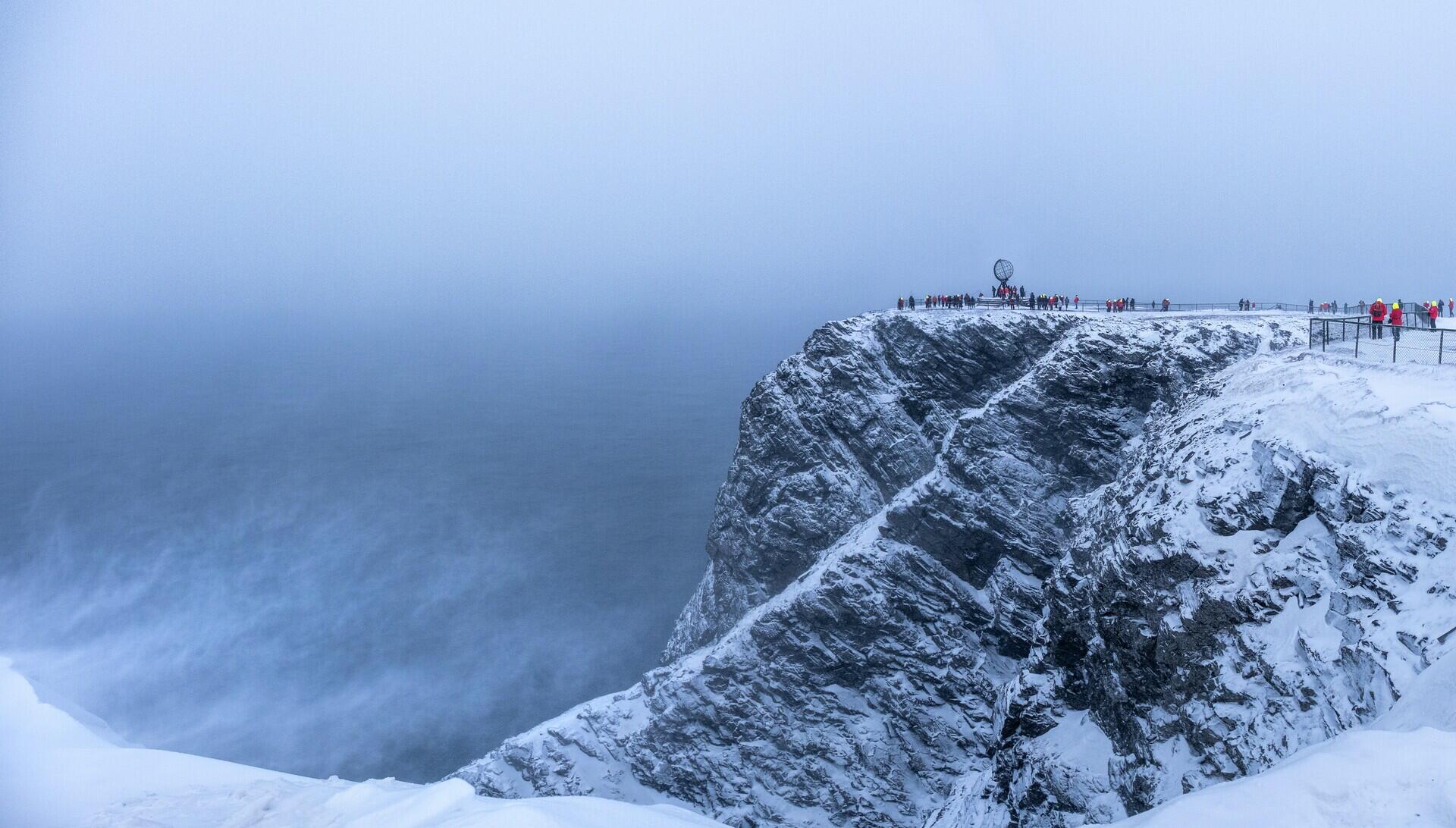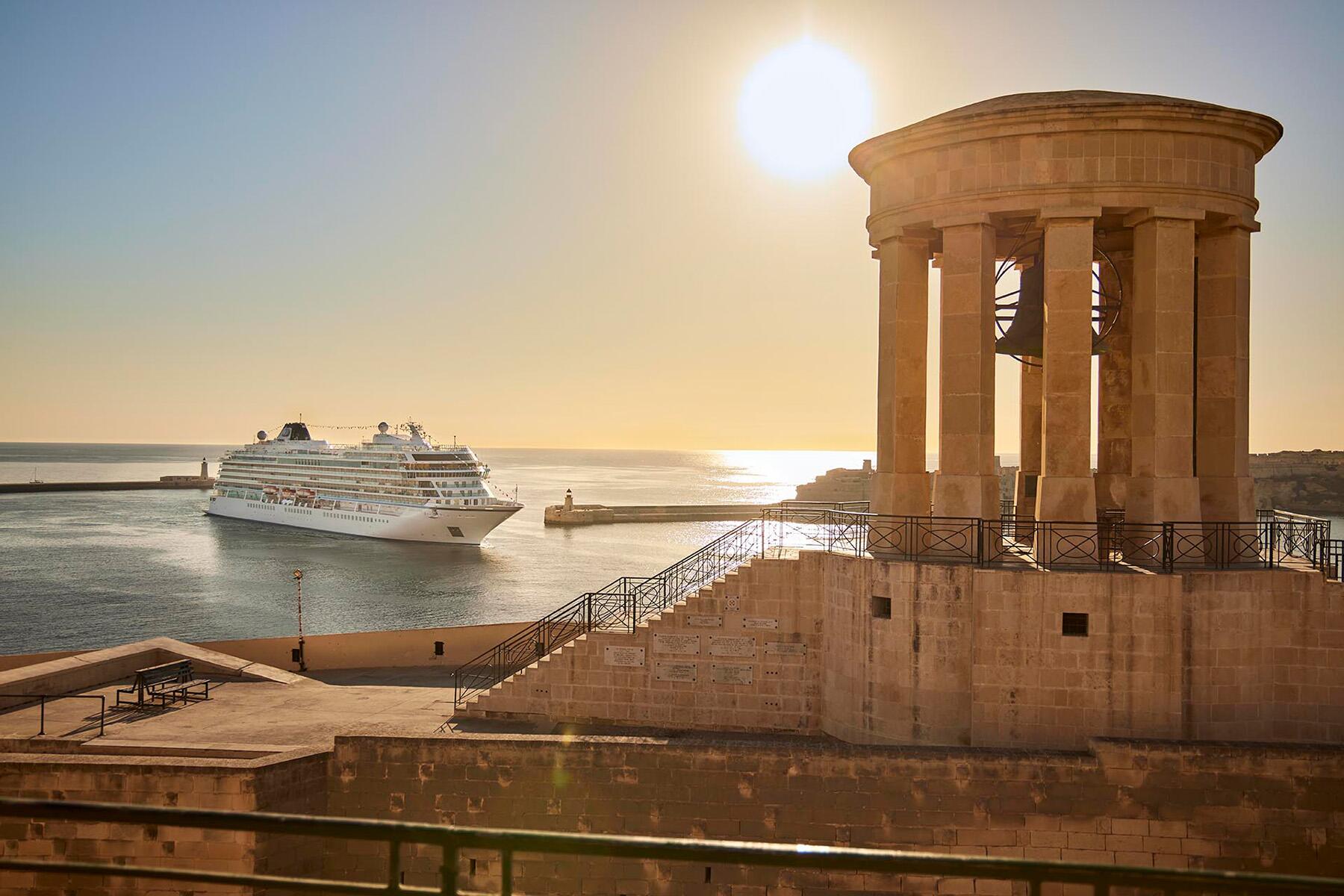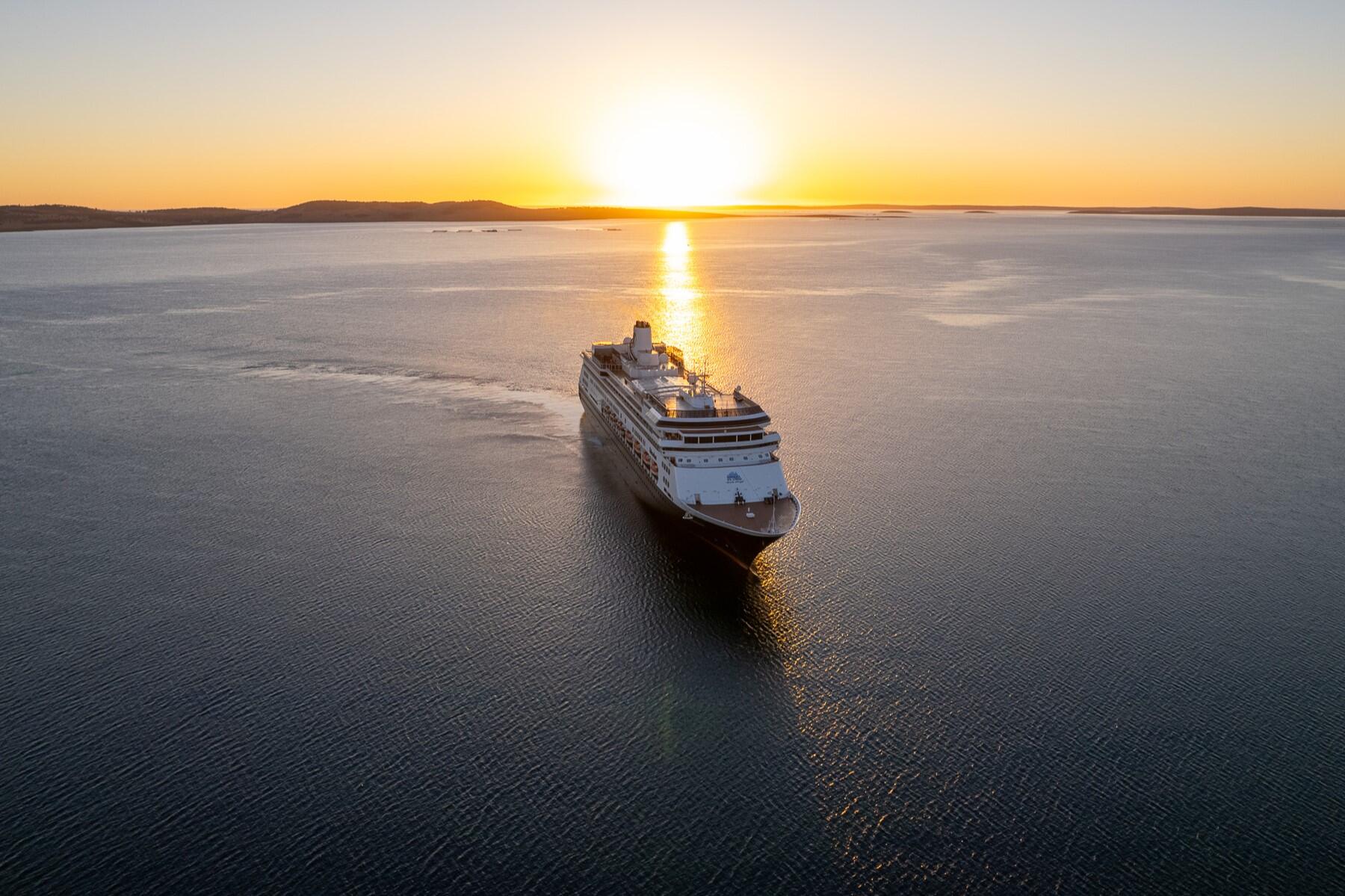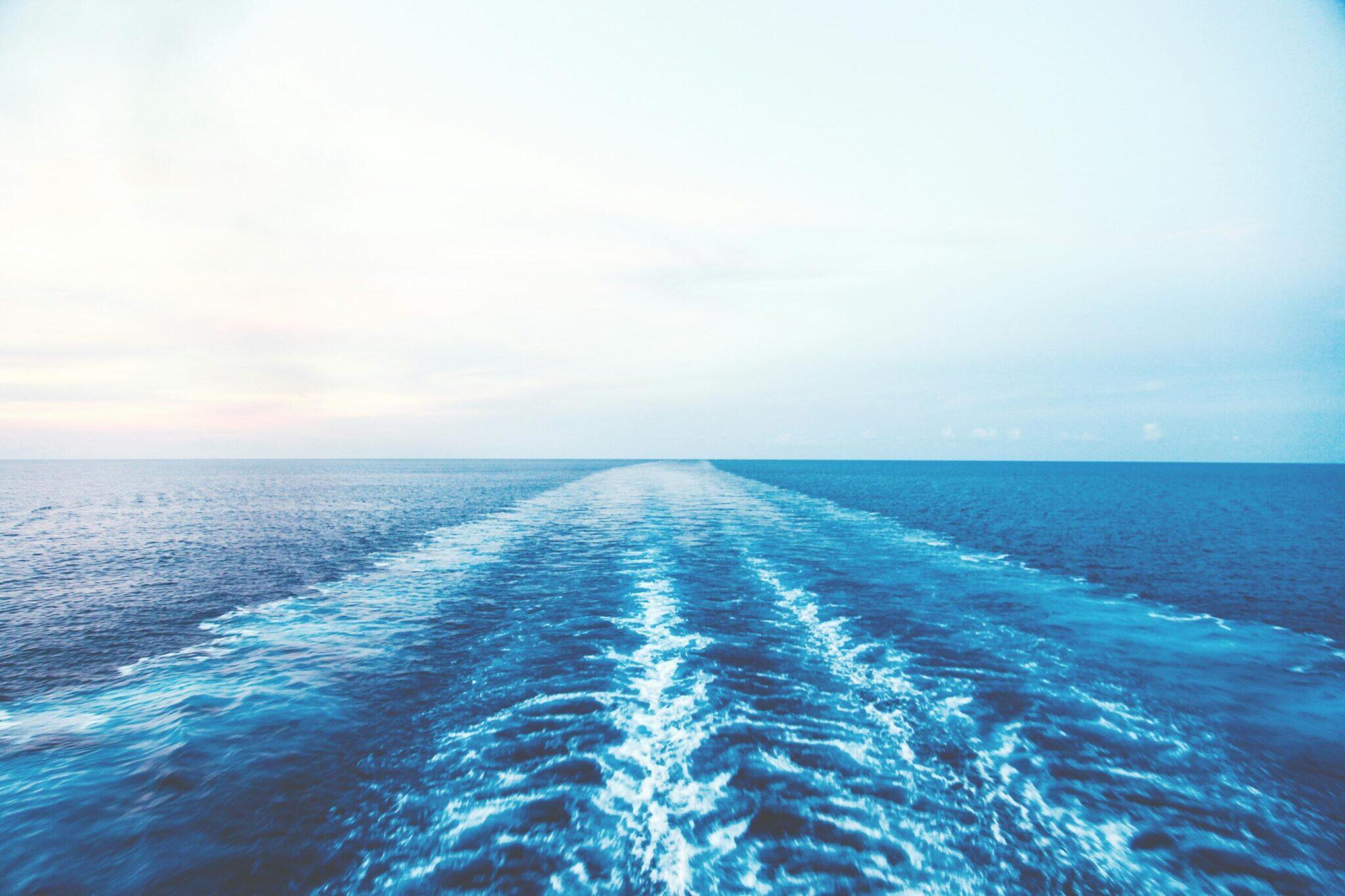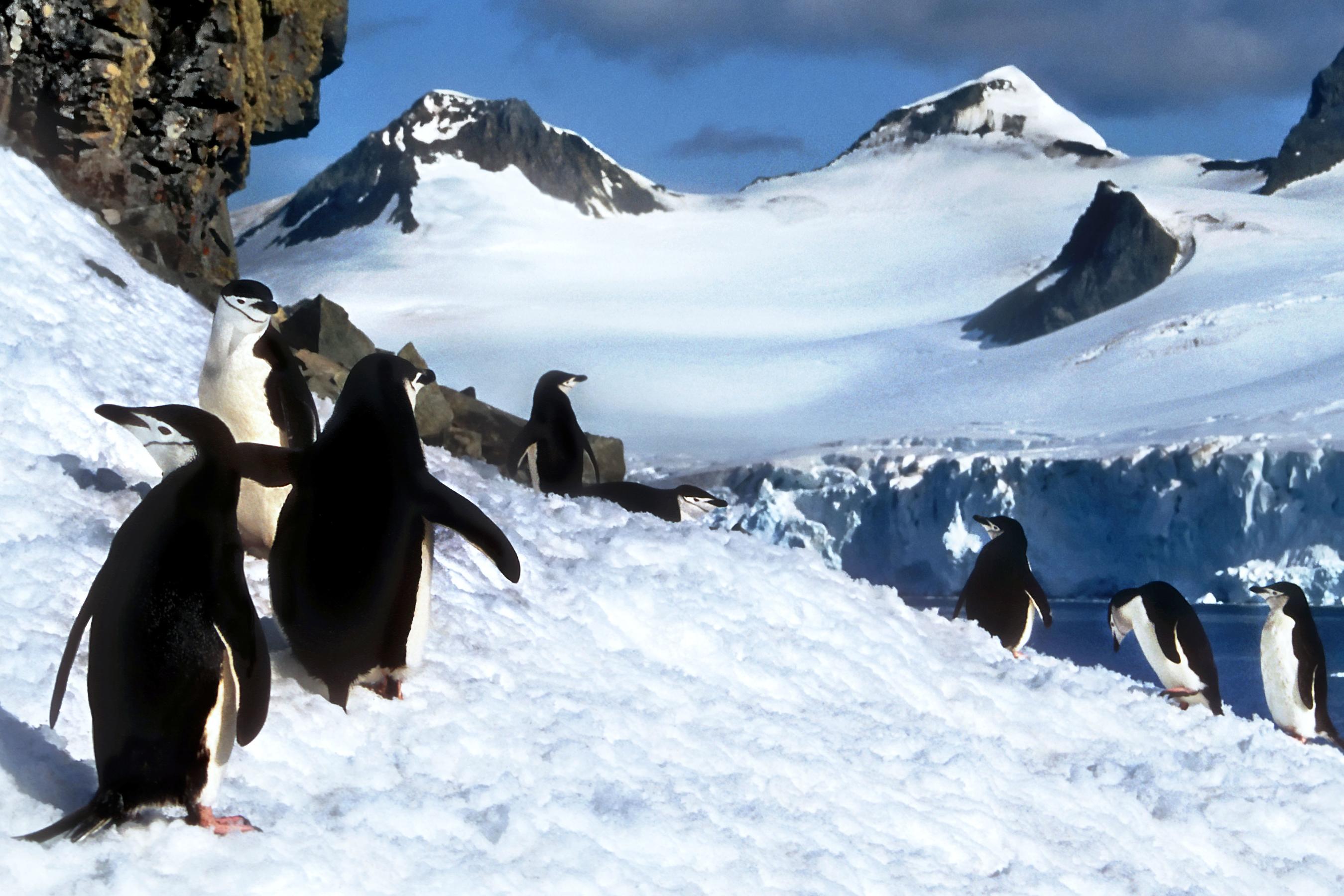It seems everyone is going to Antarctica these days, leaving the rest of us wondering just how to plan our own trip to the White Continent.
Interest in Antarctica is booming. According to the International Association of Antarctica Tour Operators (IAATO), a group that advocates for safe and environmentally responsible travel to the continent, the number of passengers making landings in the region grew from 19,065 in 2011 to 55,164 between 2018 and 2019. It’s looking increasingly like the 2022-2023 season will be the first “normal” one since the beginning of the pandemic, and already it’s shaping up to be bigger than ever.
If you, too, are interested in seeing the electric blue glaciers, rollicking penguin colonies, and vast expanses of ice yourself, it’s important to know that Antarctica is not a trip that can be planned on a whim. Considering most itineraries average two weeks and staterooms don’t come cheap, it’s really a once-in-a-lifetime adventure for most and one that demands some forethought.
How do you even begin to choose? We’re here to help. Beyond the obvious considerations, like the length of journey, cost, and destinations visited, we’ll spell out other elements to ponder in your Antarctic expedition cruise, like the size of the ship, what excursions are offered (and how active they are), what sustainable practices the brand follows, and beyond.
